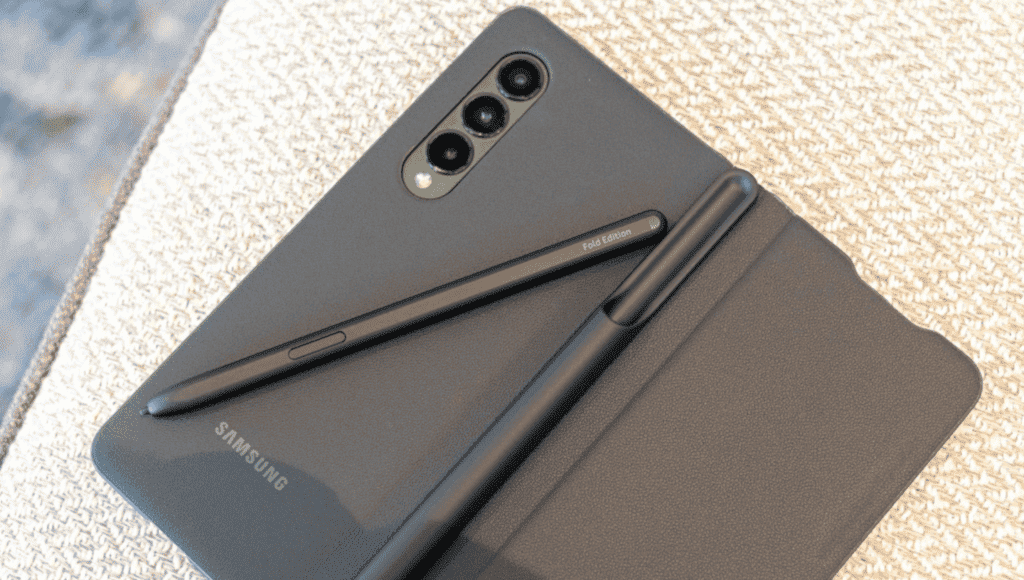According to reports out of China, Samsung is evaluating whether its upcoming foldable smartphone will use batteries from Chinese battery maker, ATL. According to TheElec, if Samsung Electronics’ mobile division agrees, the Samsung Galaxy Z-series foldable phone will use ATL’s batteries for the first time. So far, most of the batteries Samsung has used in the Galaxy Z Flip and Galaxy Z Fold series are from its affiliate, Samsung SDI.

According to reports, Samsung may consider ATL as a supplier of its batteries to save costs. Analysts in South Korea expect Samsung to lower the price of its latest foldable phone later this year. Battery costs make up about 5% of smartphone manufacturing costs. This is not a critical factor when a company decides the price of a product. However, Samsung Electronics can use ATL to lower the unit price of its existing supplier Samsung SDI. In addition, Samsung plans to use LG Energy Solutions’ batteries on its latest foldable phone.
Samsung’s 3nm chips will start mass production in the second quarter
Samsung Electronics announced on Thursday that it will start mass production using the 3GAE (early 3nm gate-all-around) process this quarter. Not only does this mark the industry’s first 3nm-scale manufacturing technology, it is also the first node to use gate-all-around field-effect transistors (GAAFETs).
Gizchina News of the week
“This is the world’s first mass-produced GAA 3-nanometer process, which will enhance technology leadership,” Samsung wrote in a report.
Samsung Foundry’s 3GAE process technology is the first to use a GAA transistor (Samsung refers to it as a “Multi-Bridge Channel Field Effect Transistor (MBCFET)”) process.
Samsung officially launched its 3GAE and 3GAP process nodes about three years ago. When the company described a 256Mb GAAFET SRAM chip produced using its 3GAE technology, it came up with a lot of numbers.
Samsung says the process will deliver a 30% performance boost, 50% lower power consumption, and up to 80% higher transistor density (including a mix of logic and SRAM transistors). It remains to be seen how Samsung’s actual combination of performance and power consumption will play out, though.
In theory, Gaafet has many advantages over the Finfet currently in use. It significantly reduces the transistor leakage current (i.e., lower power consumption) and taps the potential strength of transistor performance. This means higher yields, and capacity. In addition, GAAFETs can reduce the area by 20% to 30%.
Of course, Samsung’s 3GAE is just an “early” 3nm-level manufacturing technology. Samsung LSI will primarily use 3GAE and possibly one or two of SF’s other alpha customers. If the volume and performance of these products are good, we could see mass shipments of new products.





